Name Bonnie Cashin Role Artist | Spouse Robert Sterner | |
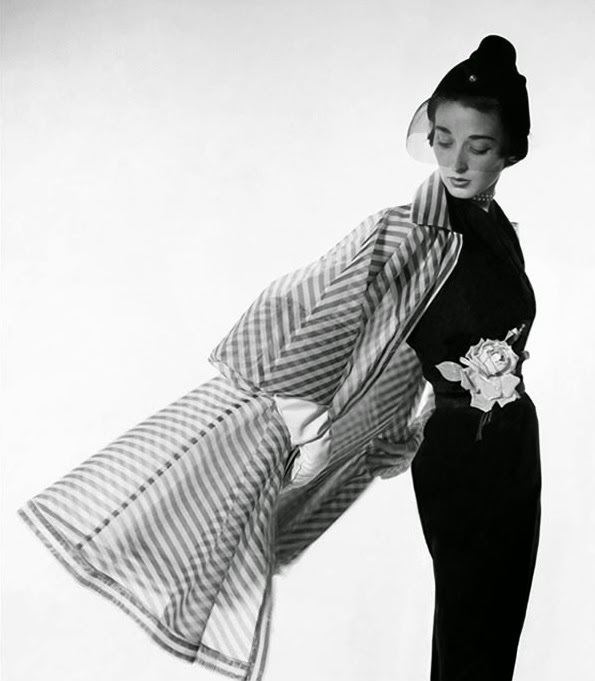 | ||
Died February 3, 2000, New York, United States Parents Carl Cashin, Eunice Cashin Similar People Leon Shamroy, Lyle R Wheeler, Lucien Ballard, Joseph LaShelle, Arthur Charles Miller | ||
Bonnie cashin in review history and the archive
Bonnie Cashin (September 28, ca. 1908– February 3, 2000) was an American designer and is considered one of the pioneering designers of American sportswear. She created practical, uncomplicated clothing that catered to the independent woman of the post-war era.
Contents
- Bonnie cashin in review history and the archive
- Coach bonnie cashin graphic wristlet
- Early life
- From LA to Broadway
- Hollywood designer
- Ready to wear
- Later life
- Influence
- Posthumous trademark controversy
- References

Coach bonnie cashin graphic wristlet
Early life

Cashin was born on September 28, 1907, in Oakland, California to Carl Cashin, a photographer and inventor, and Eunice Cashin. The family lived in several towns in northern California during Cashin's early years, and in each, her mother would open a custom dress shop. In a 1973 interview, Cashin explained her interest in fashion: "My mother was a dressmaker and before I could write I could sew."
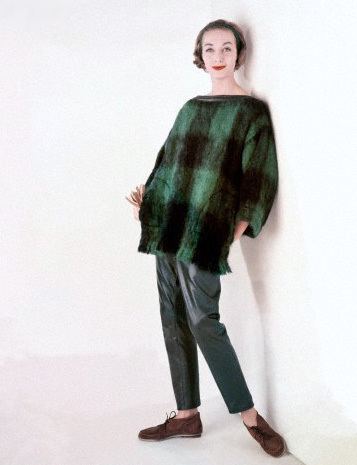
Cashin graduated from Hollywood High.
From L.A. to Broadway
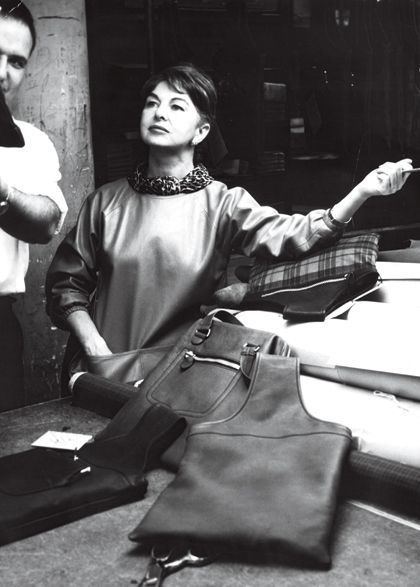
Cashin's career began soon after high school when she joined a Los Angeles ballet company as its designer. In 1934, she moved to New York to work for the Roxy Theater, where she created three costume changes a week for each of the theater's 24 dancers. Variety is reported to have described her as, at 19, "the youngest designer to ever hit Broadway."

While in New York, Cashin studied at the Art Students League of New York.
Hollywood designer
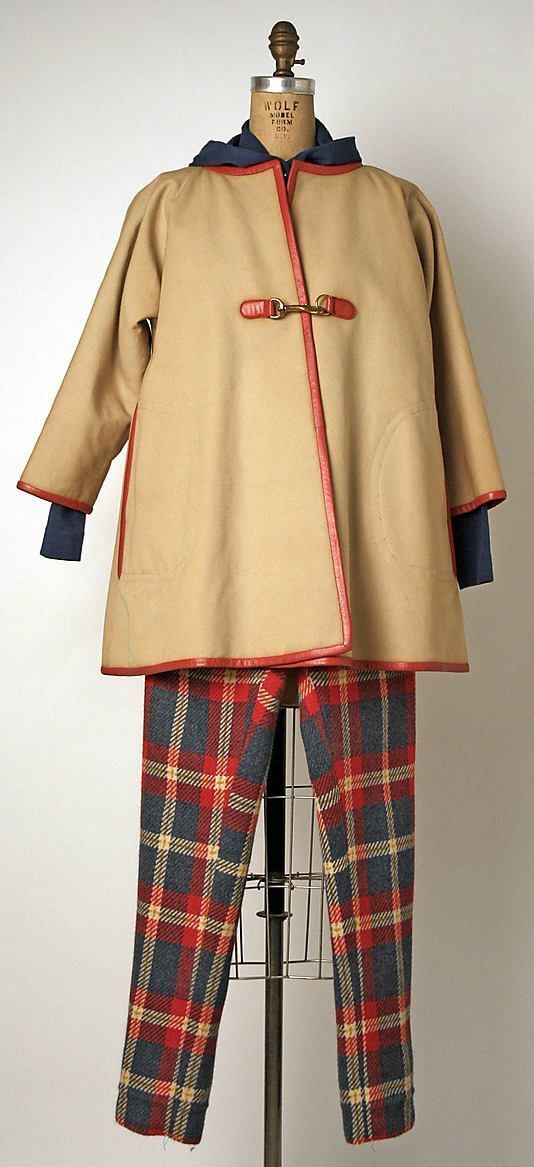
After the U.S. entered World War II, Cashin designed uniforms for women in the armed forces.
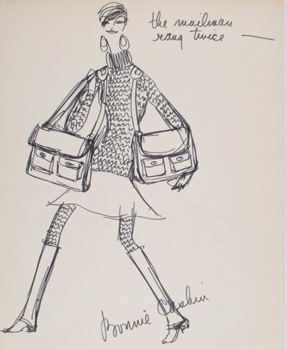
In 1943, Cashin returned to Hollywood and costume design. She joined 20th Century Fox and created clothes for about sixty films including Laura (1944), Anna and the King of Siam (1946), and A Tree Grows in Brooklyn (1946).

Cashin enjoyed the work in Hollywood, explaining: "I wasn't designing for fashion, but for characteristics, which is the way I like to design clothes for daily wear. I like to design clothes for a woman who plays a particular role in life, not simply to design clothes that follow a certain trend, or that express some new silhouette."

In Hollywood, Cashin married Disney illustrator Robert Sterner. The marriage soon ended in divorce.
Ready to wear
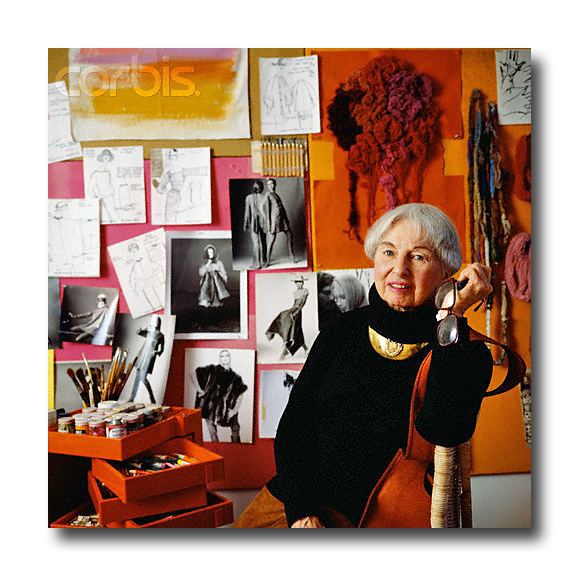
In 1949, Cashin returned to New York. There she designed her first sportswear collection for Adler & Adler in New York City.
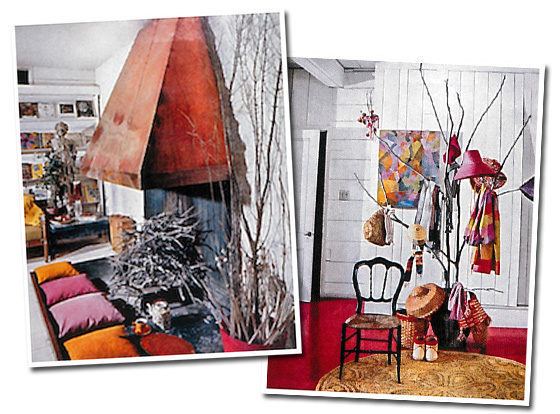
In 1950, she won her first Coty Award and in 1952, she opened her own business, Bonnie Cashin Designs.
Cashin was the first designer chosen for Patterns of The Times, American Designer Series, a monthly feature in The New York Times during the 1950s that made designer patterns available for home sewing.
In 1962, Cashin was hired by Miles and Lillian Cahn as Coach’s first designer. She designed for the company until 1974. Her classic designs for Coach during the early 1960s included the shoulder bag and a clutch-style purse with a removable shoulder strap. She also designed the trademark turn lock/toggle fastenings featured on most Coach products, as well as the company's popular bucket bag and the tongue bag.
Cashin designed for dozens of other firms including Hermès, Ballantyne and Aquascutum, as well as under her own label. She also created flight attendants’ uniforms for American Airlines.
In 1967, Cashin founded The Knittery which produced limited edition collections of coats and handmade Scottish sweaters. A year later, Cashin won her second Coty Award.
Cashin lived and worked at UN Plaza, where her mother, the company’s only other stakeholder with 1 percent, lived in an adjoining apartment and sewed samples until her death in 1963.
Later life
Cashin was inducted into the Coty American Fashion Critics Hall of Fame in 1972.
In 1979, she established the Innovative Design Fund, a nonprofit organization based in New York that gave up to $10,000 to designers with original ideas in home furnishings, textiles, and fashion so they could transform their sketches into marketable products.
Towards the end of her life, Cashin granted design scholar Dr. Stephanie Lake exclusive and unrestricted access to her archive. Cashin described Lake as her "little sister. In 2016, Rizzoli published Lake's definitive monograph on the designer, Bonnie Cashin: Chic is Where You Find It.
Cashin died on February 3, 2000 in New York City. Her entire design archive was given to Dr. Lake.
Influence
Cashin is often cited creating both the concept of layering clothing and for coining the term. The idea of layering came from time she spent in Asia.
Her use of leather, mohair and hardware was pioneering and the brass turnlocks that kept the top of her 1940s convertible down became a signature feature of Coach handbags.
Cashin was famous for her dog leash skirt: a long wool garment that could be instantly shortened by latching a small brass ring sewn at the bottom to a small brass clasp sewn into the waistline. In an interview with National Public Radio, Cashin explained the origin of the skirt. "My studio, out in the country, in Briarcliff, in the old carriage house, had steps that went up to a second floor. And I was constantly holding my skirts going up. I entertained a lot. And I'd be running up stairs with a martini in my hand. And so I thought I'd better hitch my skirt permanently."
Posthumous trademark controversy
In 2012, Cashin protégé Stephanie Lake filed an application in the United States Patent and Trademark Office in 2012 to obtain the Cashin trademark, which had never been registered. It was approved by the trademark office the next year, pending opposition. Coach and the trustees of the Bonnie Cashin Foundation opposed the trademark.
As of May 2016, the trademark issue remained unresolved.
